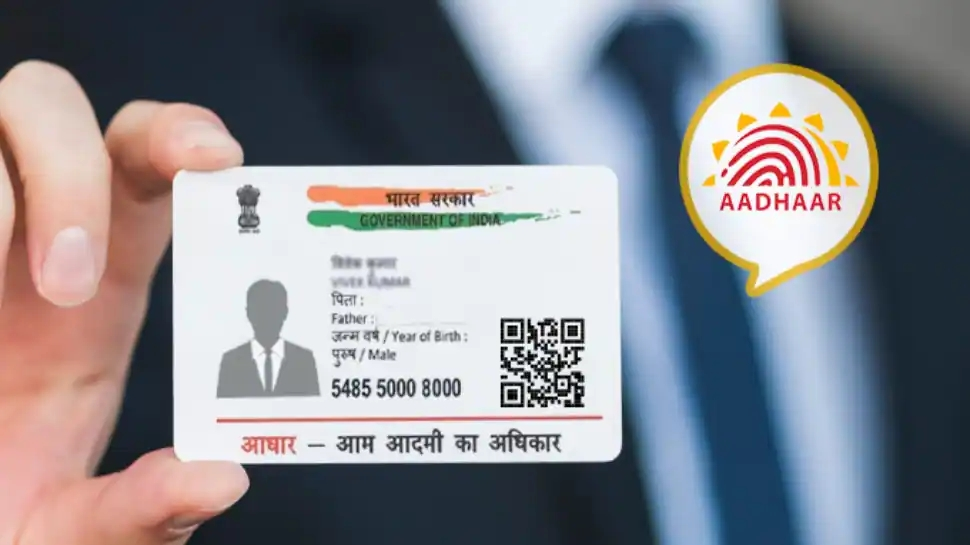A major reform bill signed last week by President Joe Biden is expected to save the Postal Service $107 billion, a major step in addressing the agency’s long-term financial challenges.
In return, USPS is now required under the Postal Service Reform Act to create a dashboard that tracks on-time delivery data nationwide.
The agency has seen this coming. Postmaster General Louis DeJoy told mailing industry partners last year that USPS was planning to create such a dashboard, which would give its biggest customers regular status updates on conditions at its facilities and on-time metrics for different types of mail.
The dashboard would also help USPS flag service delays by region, and help the agency pinpoint the root cause of those challenges.
DeJoy, in a recent interview, said the agency and its partners have troves of performance data to feed into the dashboard, once it’s up and running.
“We are the most measured service in the United States government. Always have been, in terms of, ‘you did this, you didn’t do that,’”
DeJoy said.
Whether it’s for mail or packages, DeJoy said customer demand for delivery data is growing. Having this data available to the public, he added, holds the agency accountable to a high standard of service.
“People look at this stuff, especially as we move into the package business. We’re moving more and more into the competitive environment, which is something we need to recognize. More of our revenue is going to be on the competitive side, and so we’re going to have to be really, really good,”
DeJoy said.
USPS, however, won’t have to start from scratch. The agency’s inspector general and its regulator, the Postal Regulatory Commission, each have their dashboards tracking USPS performance.
The USPS dashboard, however, doesn’t have to be more of the same. It might actually be a major piece of a bigger picture of the agency’s performance.
Russ Rappel Schmid, the chief data officer for the Postal Regulatory Commission, said the three dashboards have the potential to offer greater insight than any of them could separately.
“I’m really hopeful for a partnership between the Postal Service, the Office of the Inspector General and ourselves, to look at our efforts, to look at the requirements that the Postal Service now has, and try to come together to create probably three different tools that give different levels of information, maybe different components of information. And as a whole, we get as much service performance information out to the public as possible,”
Rappel Schmid said on the latest episode of All About Data.
The commission already launched the beta version of its data dashboard prior to Schmid’s arrival at the agency. He joined the agency in February.
The PRC dashboard pulls data that’s already available to the public, but in the form of annual compliance determination reports, which are based on annual reports USPS submits to the agency.
“Previously, to get that kind of information, a user would have to wade through about a 300-page PDF report,”
Rappel Schmid said.
“So this dashboard provides a real-time shortcut to that information.”
The dashboard currently contains nationwide service performance scores across all USPS product categories, but the latest information it currently has comes from 2019 and 2020.
The dashboard tracks the number of USPS products that are not meeting their service performance targets. A majority of the 27 products and component products are not meeting their targets.
The commission, in a recent request for comments, asked users for public feedback on the beta version of the dashboard, as well as suggestions for new features.
Rappel Schmid said many commenters wanted the dashboard to include more local and regional information about USPS service performance, rather than just a nationwide snapshot.
“The most granular we could probably ever get would be down to the ZIP code level. I don’t know if we’ll go that far, when we decide how to incorporate updates, but that’s an example of the different [levels of] granularity we could go, depending on the data that’s available to us,”
he said.
Commenters also wanted to know whether the commission would continue with its plans to launch a dashboard, after Congress passed the Postal Service Reform Act, requiring USPS to create its own service performance dashboard.
Others asked how the commission’s dashboard might complement the USPS dashboard, or serve as a model.
“At the time the comments were coming in, postal reform hadn’t been passed yet, but people were aware that was in the works, and was on the path and looking positive. People were already asking, ‘What will you do? Will you continue moving forward with your dashboard, or work with the Postal Service?’ Those are all things that we’re still working out, but all things that are on our minds as we decide what to do moving forward with the dashboard,”
Rappel Schmid said.
Since joining the commission, Rappel Schmid said he’s looking at feeding current data into the dashboard more quickly, and on a more regular schedule. One possibility is refreshing the dashboard’s data once every quarter.
“Of course, for any of these dashboards — any receipt of data to be effective — the more timely we can get the information, the better we can understand what’s going on and act on it … A lot of that is going to depend on partnering with the Postal Service and seeing how we can acquire data on a more frequent basis,”
Rappel Schmid said.
Prior to joining the PRC, Rappel Schmid served as a former data analyst with the USPS Inspector General’s Office and the state of Alaska’s first chief data officer. He said he’s now working with some of his former colleagues at USPS OIG to compare notes about the dashboards.
“I’ve already had some great discussion about just data in general with folks since I’ve been back over there, and I’m working on building a partnership with colleagues that I used to work with at the Postal Service when I was in that role. So I feel real positive about moving forward. I don’t think three, in this case, is a crowd. I like to go back to one of my favorite shows from the early ‘80s, Three’s Company. I think that’s where we’re headed,”
Rappel Schmid said.
The commission doesn’t yet have definitive plans on when its dashboard might move beyond its beta version.
“I would love to see it happen before the end of this calendar year — sooner if we can, but we’re not going to rush anything. I want to make sure that we’re doing it right first,”
Rappel Schmid said.
The commission also created its first data governance board and recently held its first meeting. Rappel Schmid leads the board and also serves as a technology resource for the board, along with the PRC’s chief information officer and chief information security officer.
The board also includes the top executives across the commission’s four departments, as well as additional employees from each department that serve as data stewards.
“We’re looking at providing more insight into not only the Postal Service, but the PRC as an organization, so that the public can be more aware of who we are and what we do. And to that end, we’re looking at information or data that we can make available to the public. Data stewards, in particular, will be key in working together to identify data that we should make available,”
he said.
Rappel Schmid has already attended a few full meetings of the federal CDO Council, as well as several small-agency committee meetings.
Rappel Schmid, in his previous role as the first CDO for the state of Alaska, joined a state CDO network early in his tenure.
“I found a lot of colleagues there to be a tremendous resource. They helped me understand issues important to states. And here on the federal side, I am experiencing exactly the same thing,”
he said.
While many agency CDOs say they’re pressed for resources, the PRC is putting some of the $2.6 million received from the Technology Modernization Fund toward some of its data initiatives.
Rappel Schmid said the funding will help the commission hire more data analysts, who will work on improving the service performance dashboard.
A significant amount of the TMF funds are dedicated to updating the commission’s public-facing website, as well as modernizing the e-docket system it uses to collect and file data and comments from USPS and the public.
Rappel Schmid will serve as a technical adviser for both of those projects, but will also use a portion of the TMF award to conduct a data skills and data tools inventory.
Rappel Schmid said the commission came to the realization that it needed to better understand how proficient its workforce is with data tools, after one of its employees volunteered to help set up the dashboard.
“One of the members of our groups that put that dashboard together basically came forward and said, ‘I have an interest in creating something like this. I have a skill set that will allow me to do that. Can I do it?’ And that’s great when somebody comes forward and says, ‘Hey, I have the skills.’ But what about, from a managerial perspective, when we need something done? Sometimes we jump to, ‘Maybe we’ll need to hire someone,’ or maybe we’ll need to find a contractor or put out an RFP and get somebody in to do that. Creating this environment with these inventories will allow us to identify that we already may have those skills or those tools available to us,”
he said.
Source:






Comments